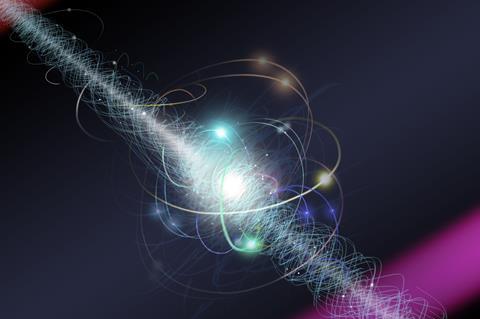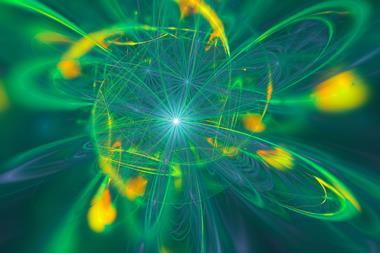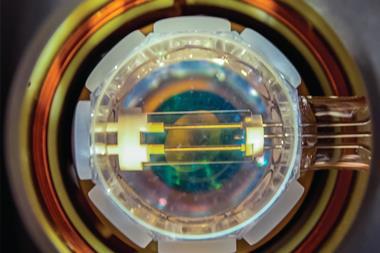Despite increasingly sensitive measurements, the electron has no dipole moment that would hint at exotic new particles

The most sensitive measurements ever performed to find irregularities within the electron’s charge – and therefore hints at of-yet unknown particles that might explain the nature of dark matter – have come up with nothing.
As the electron remains stubbornly spherical, scientists might have to discard some of the ideas that could explain what dark matter is or why there’s more matter in our universe than antimatter. The so-called standard model of particle physics still has no answer to these questions.
Physicists have come up with extensions to the standard model to explain these phenomena by predicting exotic fundamental particles such as the Higgsino, a supersymmetrical partner to the Higgs boson. If these ideas hold true, the proposed particles should interact and influence each other. For the past 50 years, scientists have been searching for a dipole moment – a slightly uneven charge distribution – within the electron that would indicate such interactions.
Although the latest experiments by a team of scientists from the US and Germany are ten times more sensitive than any predecessors, they have only been able to confirm yet again that the electron’s charge is perfectly spherical.
The researchers slowed down thorium oxide molecules with a laser to ultracold temperatures and then carefully oriented them into a single quantum state. As a heavy-element, highly polarisable molecule with unpaired electrons, thorium oxide was deemed ideal for this experiment. While the molecules pass through an electromagnetic field, a read-out laser would detect any twisting within the electron’s charge distribution.
‘Our result tells the scientific community that we need to seriously rethink some of those alternative theories,’ said team leader David DeMille from Yale University in a statement.
References
V Andreev et al, Nature, 2018, DOI: 10.1038/s41586-018-0599-8

















No comments yet